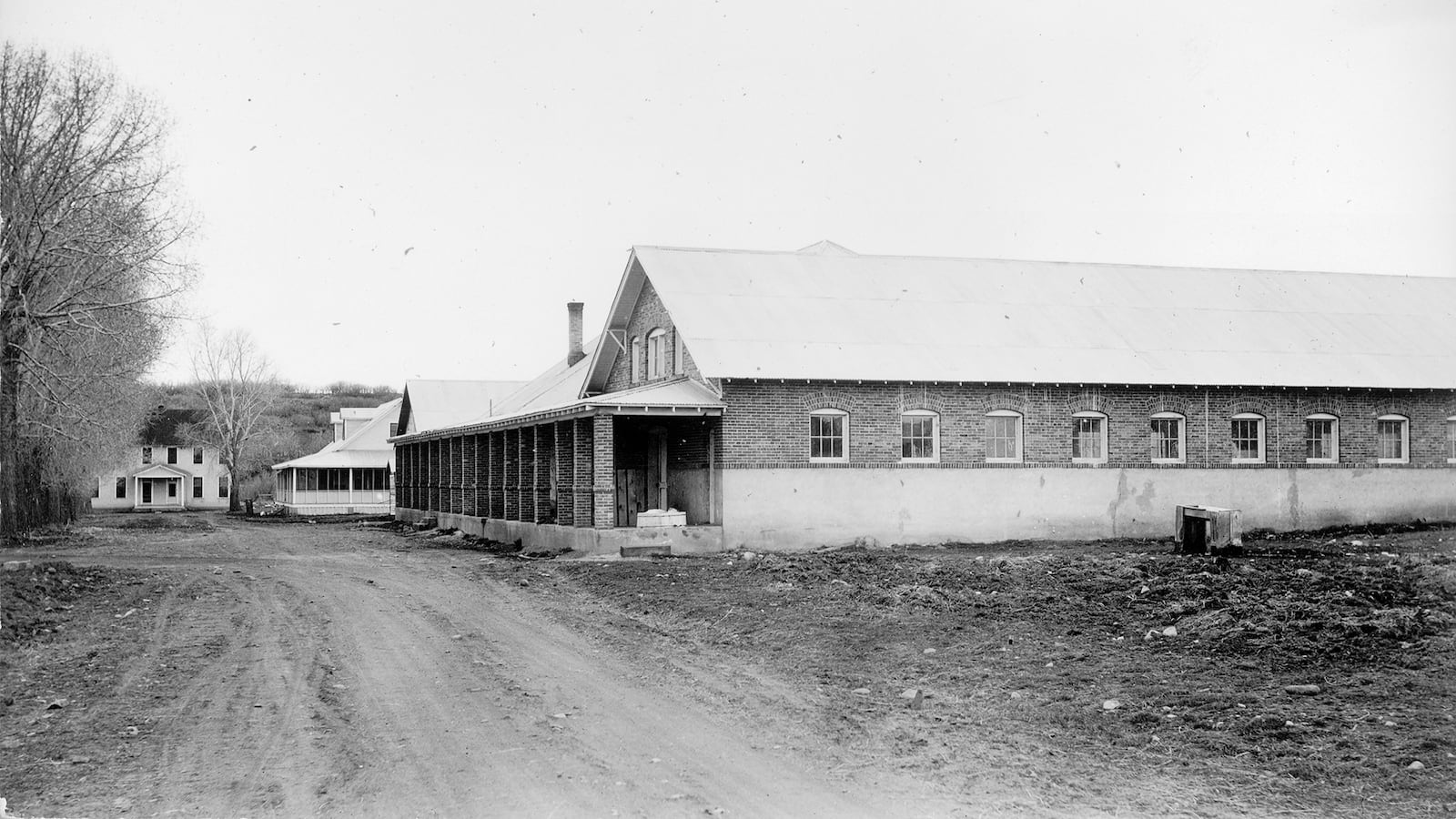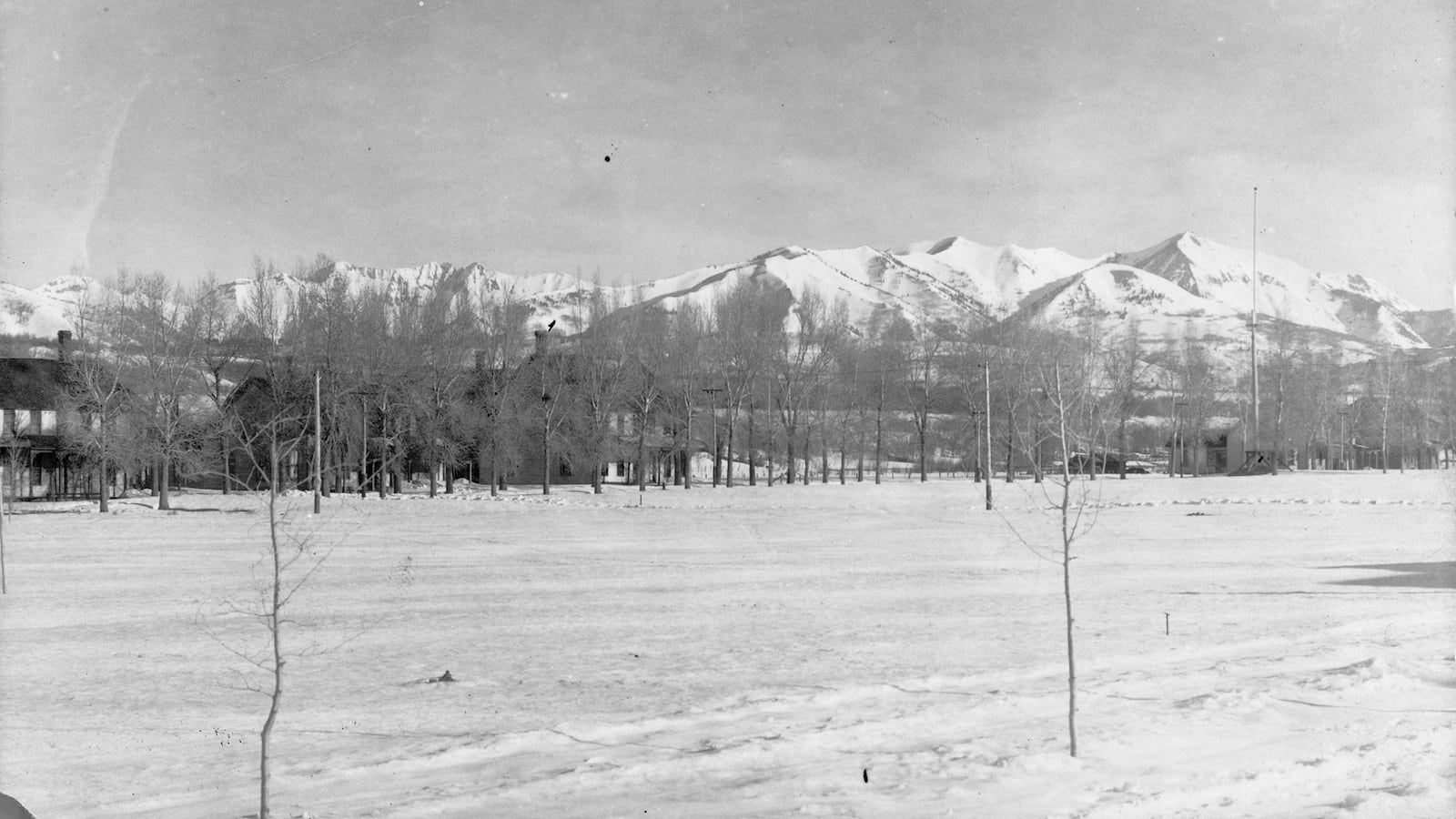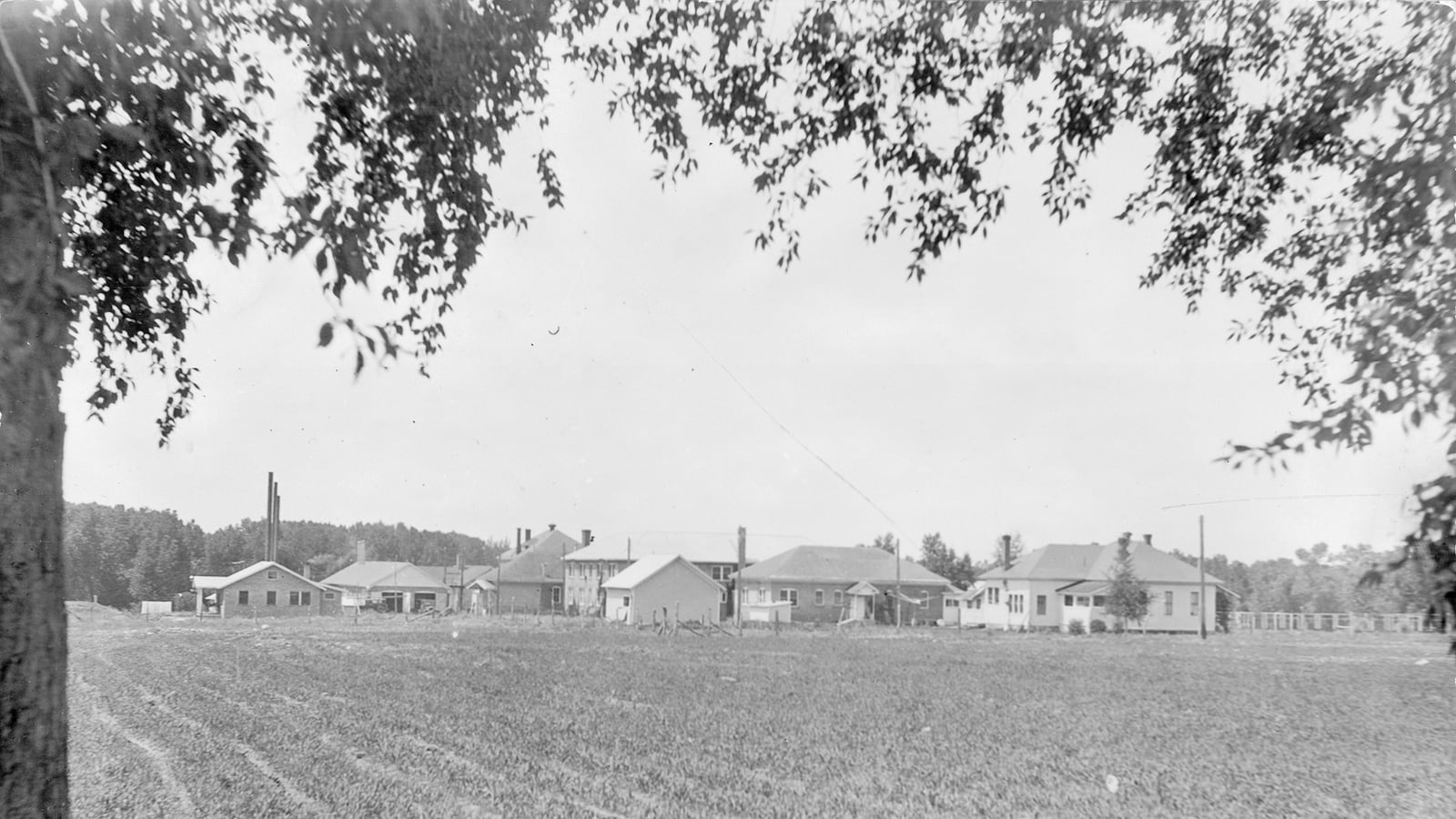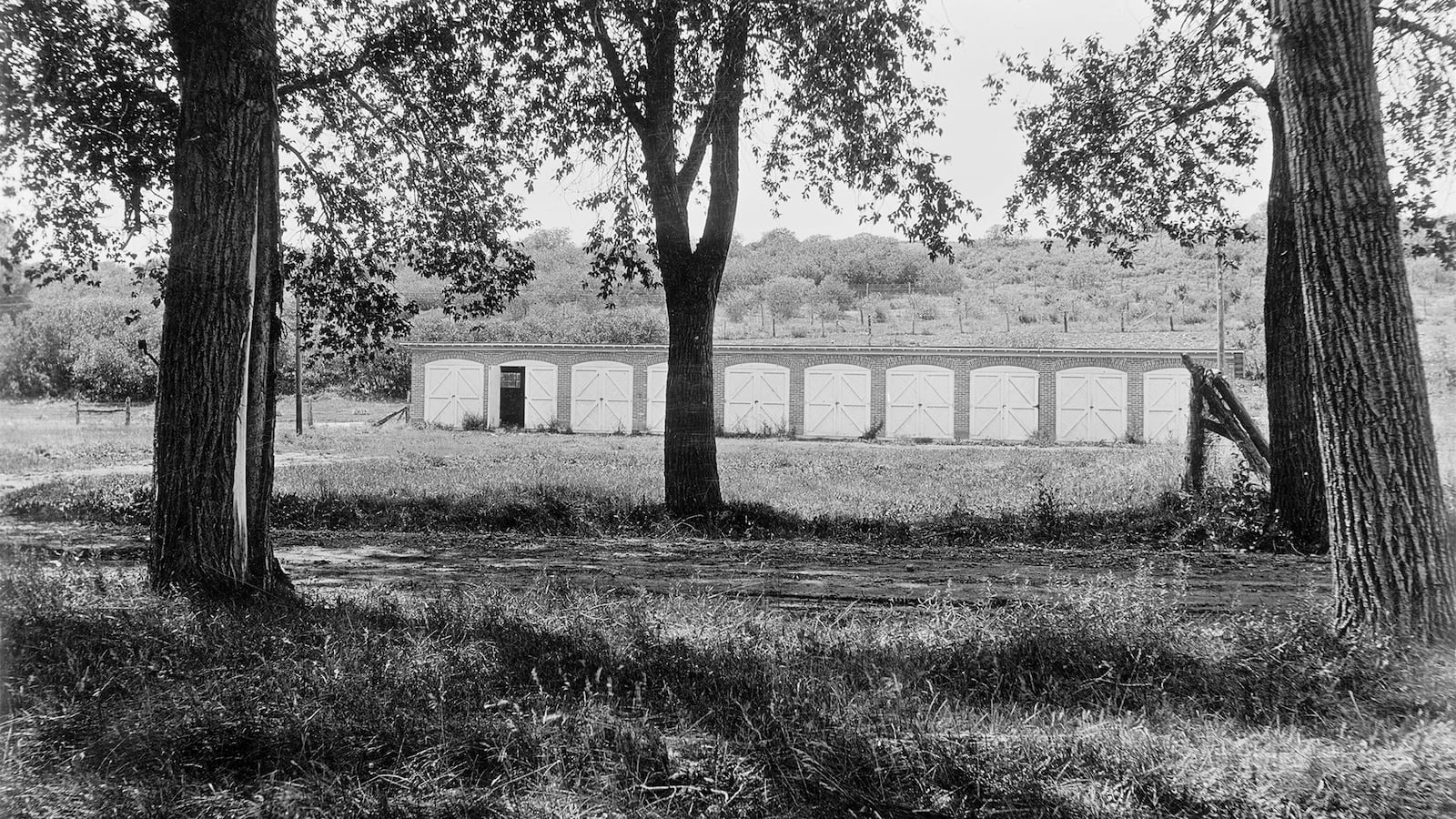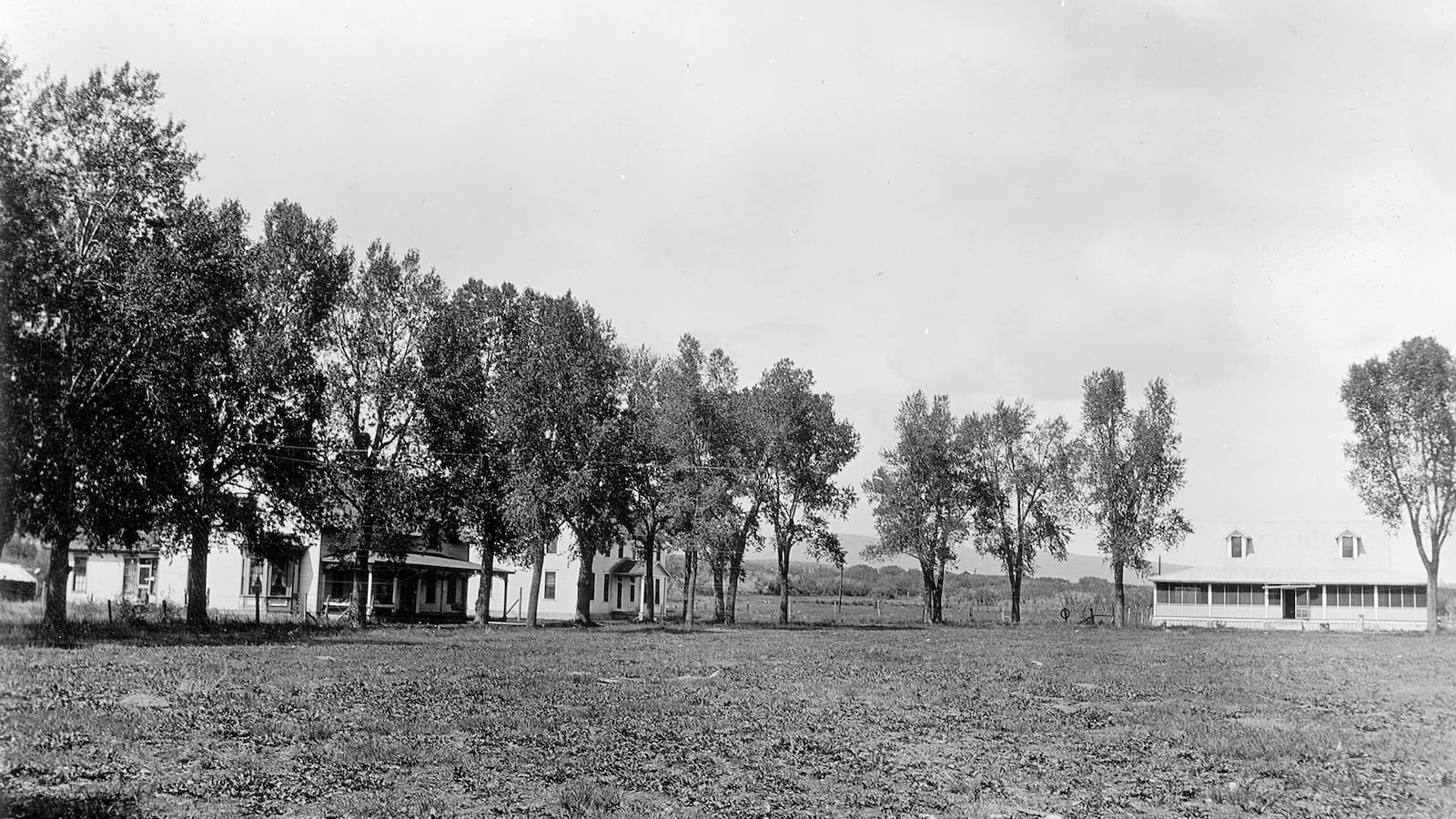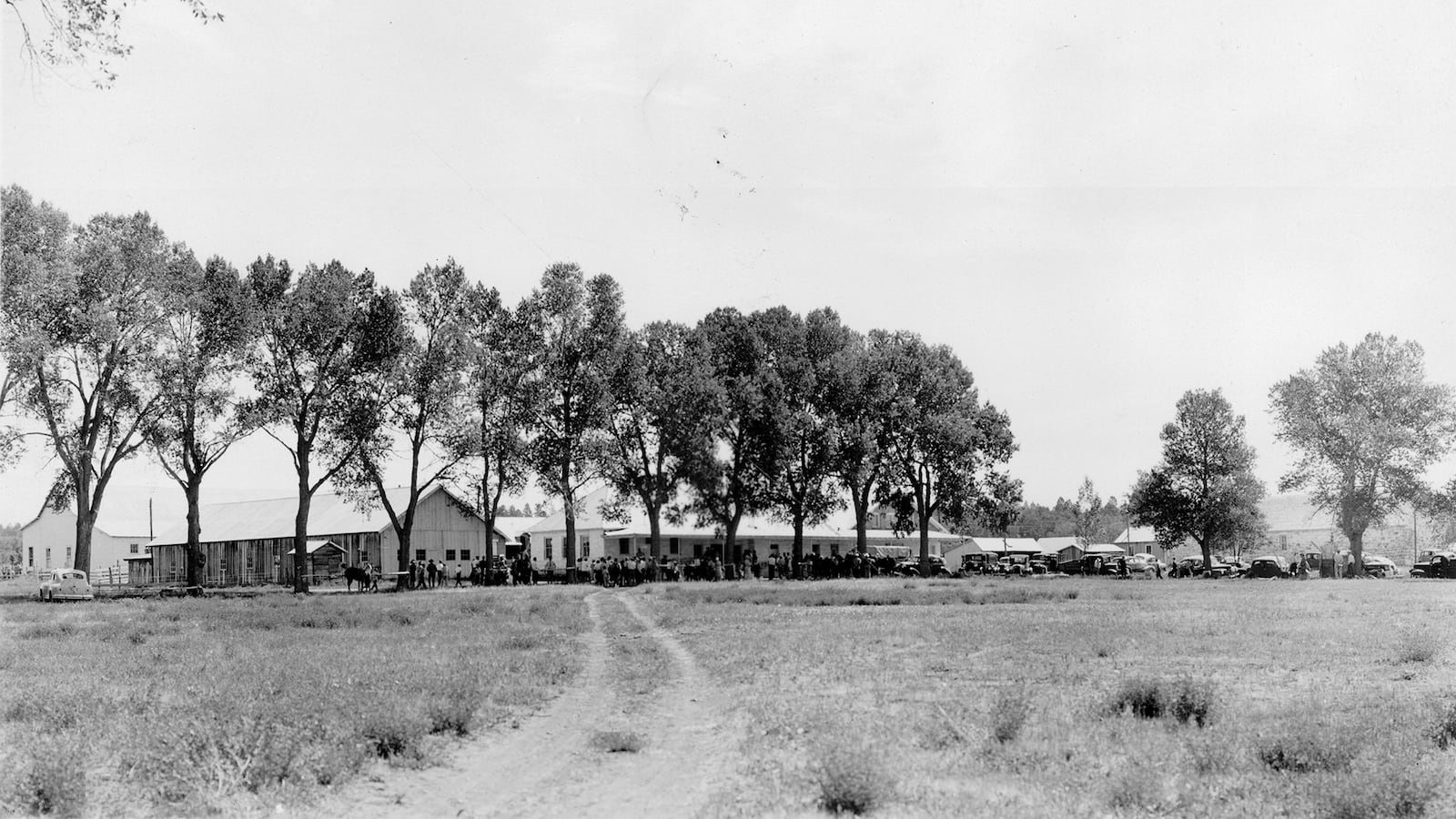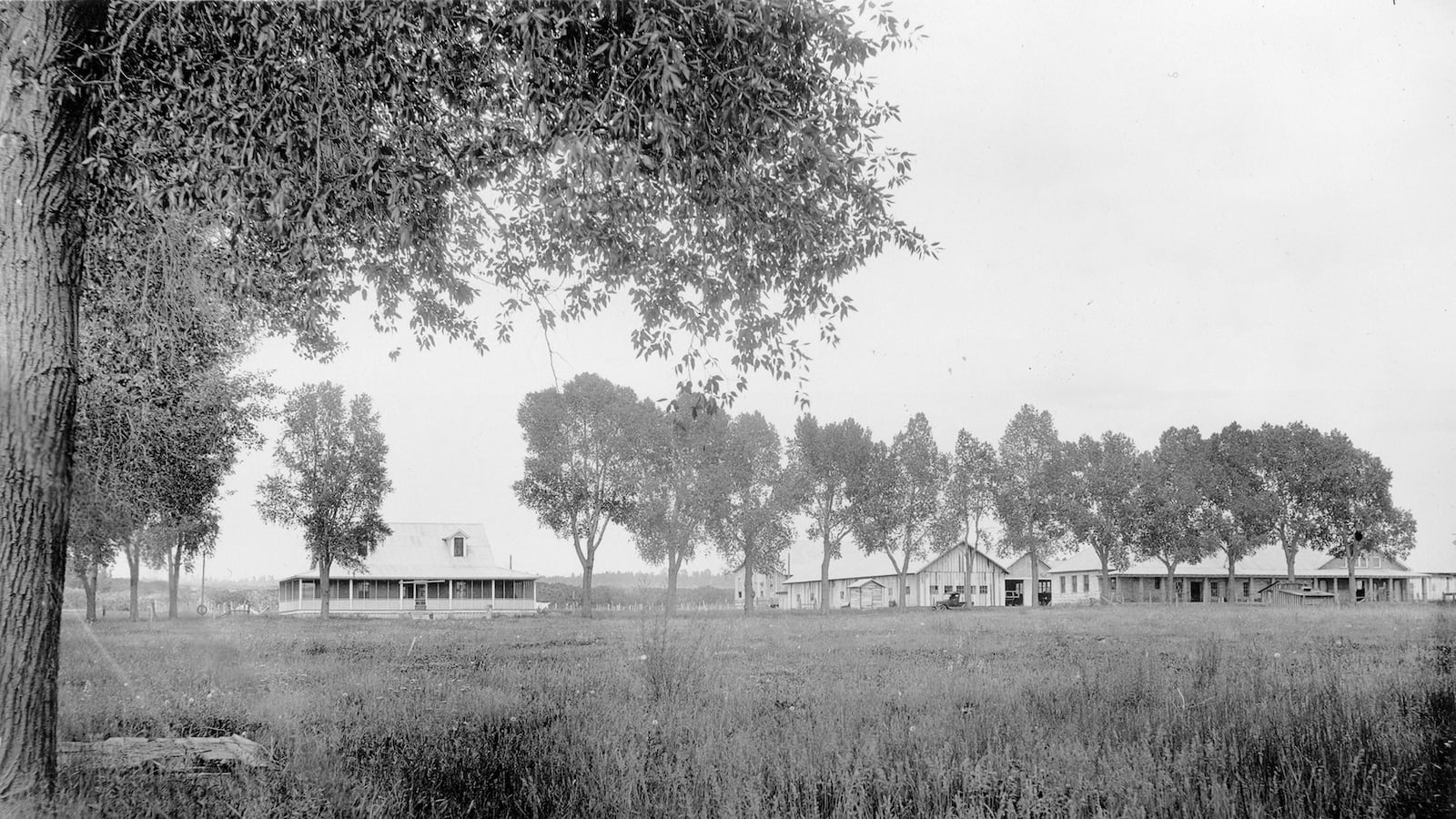An estimated 1,100 children from 20 Native tribes attended the Fort Lewis Indian Boarding School for 17 years. But for many of them, “school” meant forced labor, forced assimilation, and abuse, not real education.
At least 31 students died at the school, far from the families that loved them.
For Matt Miguel, who studies public health at Fort Lewis College, the university that grew out of the boarding school’s painful legacy, a new almost 140-page report detailing the history of Colorado’s Indigenous boarding schools means the past can no longer be ignored.
That sentiment was echoed by tribal members, educators, and advocates around the state. They say the report is a call for Colorado to do a better job of educating more students about Indigenous history; some have long complained that schools do a mediocre job of teaching the topic, when it happens at all. They also want schools to provide more support — and create a more inclusive environment — for Native students today.
The report released Tuesday by History Colorado focuses on nine Federal Indian Boarding Schools in Colorado from the late 1800s to early 1900s. The schools were created to systematically destroy Indigenous culture and assimilate them into the United States.
History Colorado notes that the research is neither final nor definitive, in part due to incomplete records. But it does help summarize the “immense harm” the schools brought upon Native children and communities.
The information brought to light can serve as a way to educate others about the history of Native people, Miguel said. But they also need to understand Indigenous people still exist.
“We didn’t forget who we are. We didn’t forget our culture,” said Miguel, 41, a senior studying public health who is Tohono O’odham and Akimel O’odham from the Gila River Indian Community in Arizona. “We’re still here.”
Terrible conditions at Colorado’s Indigenous boarding schools depicted
In 2022, Colorado lawmakers directed History Colorado to produce research on Colorado’s Federal Indian Boarding Schools. A federal investigation into boarding schools — pushed by Secretary of the Interior Deb Haaland, a member of the Laguna Pueblo — was already underway, and it produced a similarly devastating chronicle of abuse.
History Colorado’s report portrays an underfunded system rife with corruption and abuse of students. It relies largely on the documents left behind by white officials because researchers said oral history was hard to obtain, given the timeline they had to produce the report.
It was often easier for researchers to find out from the records how many pounds of potatoes students ate or the shoes that were worn than the names of those students.
The report focuses most on the Grand Junction Indian Boarding School, also called the Teller Institute, and the Fort Lewis Indian Boarding school in Hesperus near Durango. The two schools were Colorado’s most prominent. (One of the eight schools was run by a church; the rest were managed by the federal government or Colorado.)
The schools were built to bring in Ute tribe students from the surrounding area, although the Ute were resistant to the idea. That meant students from across the country were also brought to the schools
Often, the federal government coerced Native communities into sending students by doing things like withholding rations or aid.
When students arrived at the schools, students were stripped of cultural items, forced to cut their hair, and not allowed to speak their language. Qualified teachers, however, were hard to find.
The schools also forced the students to work long hours to support each other and the school. Students were made to dig ditches, work on farms, clean laundry, and sew. The schools also officially and unofficially sent students to work at white American farms or homes.
Superintendents held immense power at the schools and abused students and staff, the report says.
At Fort Lewis, for example, students and staff were subjected to physical and sexual abuse at the hands of Thomas Breen, a longtime superintendent of the school whose abuses came to light in a series of Denver Post articles in 1903.
Students lived in poor conditions. Illness was common. Raw sewage and putrid water conditions were frequent problems at the Grand Junction school. The Fort Lewis school also was hard to heat in the winter, making for miserable conditions, the report says.
Students frequently ran away.
Students from 20 tribes attended Fort Lewis: the Cherokee, Southern Ute, Ute Indian Tribe of the Ouray and Uintah Reservation, Navajo, Mescalero Apache, San Carlos Apache, Jicarilla Apache or Pueblo, Catawba, Tohono O’odham, Hopi, Paiute, Pima, Pueblo, Taos Pueblo, Isleta Pueblo, Laguna Pueblo, Rancheritos Pueblo, and Wyandotte.
Schools could do more with curriculum, teacher training
Ernest House Jr., who is a Ute Mountain Ute tribal member, believes the report can spur K-12 schools to focus more on of Indigenous communities.
House Jr., a Fort Lewis College trustee and the former executive director of Colorado’s Commission of Indian Affairs, said that growing up, he wasn’t taught about the 46 other tribes that lived in Colorado. Only the Ute Mountain Ute and Southern Ute tribes’ reservations are still located in Colorado. Other tribes were forcibly removed.
During his time at the Colorado Commission of Indian Affairs, he said teachers also reached out to find information about Indigenous populations and training.
“These tribes have worked and operated in lands of what we call Colorado and I think that’s important to an educational school system,” he said.
Colorado state standards already call for Native American history to be included in American history and civics education. But districts have control over curriculum decisions, and the results are inconsistent.
House Jr. said there’s an opportunity to create a state curriculum to teach students about Indigenous issues.
Other states are also reckoning with their treatment of Indigenous history. In Alaska, students commemorate residential schools by wearing orange shirts on Sept. 30, a practice that started in Canada.
State Rep. Barbara McLachlan, a Durango Democrat, said she plans to work with tribal leaders and others on legislation next year to improve education about Native Americans, and address other issues they identify.
McLachlan sponsored the bill that led to History Colorado’s report.
“This is the beginning,” she said. “I do not see this as the end.”
The report should also lead to changes beyond curriculum and lessons that build trust in the system, said Donna Chrisjohn, a Indigenous community advocate who said her family members were forced to attend boarding schools.
Colorado also has a large group of Native Americans statewide who do not live on reservations. They attend schools across the state, especially in the Denver area. Chrisjohn, who is an enrolled Sicangu Lakota and a descendant of the Diné nation, is calling for more training for teachers to understand Native students’ needs.
Chrisjohn said students should also feel like they can be themselves in classrooms. She advocated for a law enacted last year that allows Native American regalia at high school graduation ceremonies.
“Hopefully we can work toward healing and understanding each other better,” she said.
Fort Lewis College focuses on Native student reconciliation
Fort Lewis College leaders are focused on healing.
The college supported the legislation that led to History Colorado’s research. It is also working to counter the tragic legacy of the Fort Lewis boarding school, and is committed to reconciliation.
The school has embraced language preservation, the cultures students come from, and drew on the Diné concept of K’é — meaning kinship — during the pandemic to help temper the spread of the virus on campus. About two-fifths of the school’s students are Indigenous.
“We’re very focused on showing that we are rebuilding and making space for students to develop the things that boarding schools very deliberately tried to take away,” said Tom Stritikus, Fort Lewis College’s president.
Stritikus and his administration said they knew that the report could be difficult for its students to process. History Colorado will be on campus to discuss the report and professors volunteered to talk with students about the findings. Some classes took time on Tuesday to hold ceremonial smudging.
The school also has held extended counseling hours and other counseling services, said Heather Shotten, Fort Lewis College vice president for diversity affairs. Shotten said the history of boarding schools affects every Native student on campus.
“We’ve really focused on just creating spaces for students to be in community together to support one another as they continue to process the report,” she said.
Miguel, who also serves on the school’s student government, has felt supported by Fort Lewis College to be who he is as an Indigenous student. He said all colleges should keep in mind the historical trauma Native students have suffered.
He said school leaders should remember that Native students choose to be on campuses despite the history of the U.S. trying to wipe out their culture through its education system. And school leaders should remember to embrace who Native students are and continue to build trust.
“We’re making that choice to be here,” he said. “We’re making that choice to get educated and to become successful for our community.”
Jason Gonzales is a reporter covering higher education and the Colorado legislature. Chalkbeat Colorado partners with Open Campus on higher education coverage. Contact Jason at jgonzales@chalkbeat.org.

